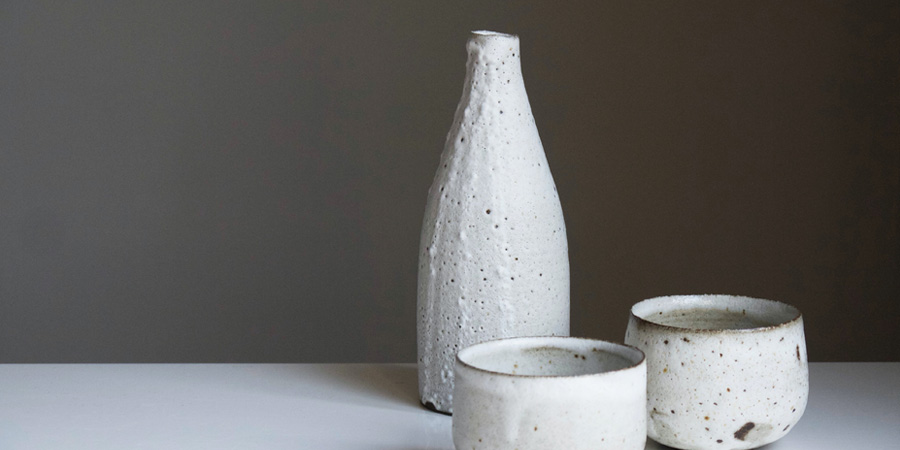I have been teaching sake courses for the past seven years in restaurants and in hospitality schools. “How to enjoy sake?” and “Is sake best served warm?”, these questions would always pop up in the class. Many sake drinkers have the impression that we should only warm the inferior sake. Some say sake should only be consumed in sake cups. What are the rules of drinking sake and should we follow all of them?
As an instructor, I always ask the attendees their understanding about sake and how they define “inferior sake”. Many of them were stunned by my question but their replies would help me clarify and understand if they have any misperceptions pertaining to sake.
A lot of travelers or tourists who visited izakaya (Japanese drinking bars) did not realize that the sake served to them is normally “Futsushu”. Futsushu refers to “table sake”. The sake served warm or chilled does not necessarily reflect the grade of sake.
In fact, 70% of the sake consumed in Japan are normally “Futsushu”. The countries dominating the premium sake market are the USA, China, South Korea and Hong Kong (China). Surprisingly, Singapore is also ranked among the top places. They import many Junmai Daiginjo style sake.
Unlike wine, sake can be served in many different ways. Sake is the most versatile alcoholic drink as compared to other alcoholic beverages. Some sake will display an interesting spectrum of flavors and characteristics when it is heated. In the early days, sake drinkers enjoyed sake either at room temperature or served warm, especially during cold winters. The versatility of sake is more impressive than wine when enjoyed alongside food. You will be surprised that sake can be paired well with a piece of medium-rare steak too.
Well-made Futsushu are delightful drinks but you need to do some homework to discover the good ones. If a bottle of sake does not show the classification of Junmai, Daiginjo or Junmai Daiginjo, it is almost certainly a Futsushu. Most Futsushu are dry. Such sake can be gently warmed to about Nurukan (a term used for sake temperature of around 40-45 degree celsius). After that, you will notice more flavors when you taste it. There is an old Japanese saying that warmed sake is better for your body.
As a general rule of thumb, we should not warm sake with a high rice polishing ratio such as Junmai Daiginjo. This may weaken the delicate flavors of the sake. “Kanzake” (warmed sake) has been associated with poor quality and this misconception could hold some people back from trying this delicious sake. The types of sake that display an interesting spectrum of flavors are normally Junmai, Daijinjo, Muroka Nama Genshu, Honjozo and the traditional styles such as Yamahai or Kimoto sake.
Traditionally, people enjoy drinking sake using Ochoko (small cups). They are made of porcelain or glass. The most expensive ones are hand-made. Some sake cups are designed for particular occasions such as the wider ones are used for weddings, where the couple exchange sake cups and it seals their marriage. This type of cup is known as Sakazuki which means “pledging loyalty” in Japanese.
If you visit a sake bar, the server will bring a basket of different sake cups in different shapes and sizes. Nowadays it is also common for restaurants serving sake with wine glasses. When sake is poured into wine glasses, the wine glass releases more aromas over a larger surface area. Every drinking adventure brings new discoveries. Enjoy your favourite sake with your preferred glassware. Kanpai (cheers)!
"Our panel of experts are passionate and deeply knowledgeable in their area of interest. They are among the most respected names in the industry. We are proud to share the passion on One Cellar platform and would love the knowledge to be accessible by more. For more information, please email to Joshua@master-sakesommelier.com directly to find out more about the learning opportunities."
Click here to explore more Sake










